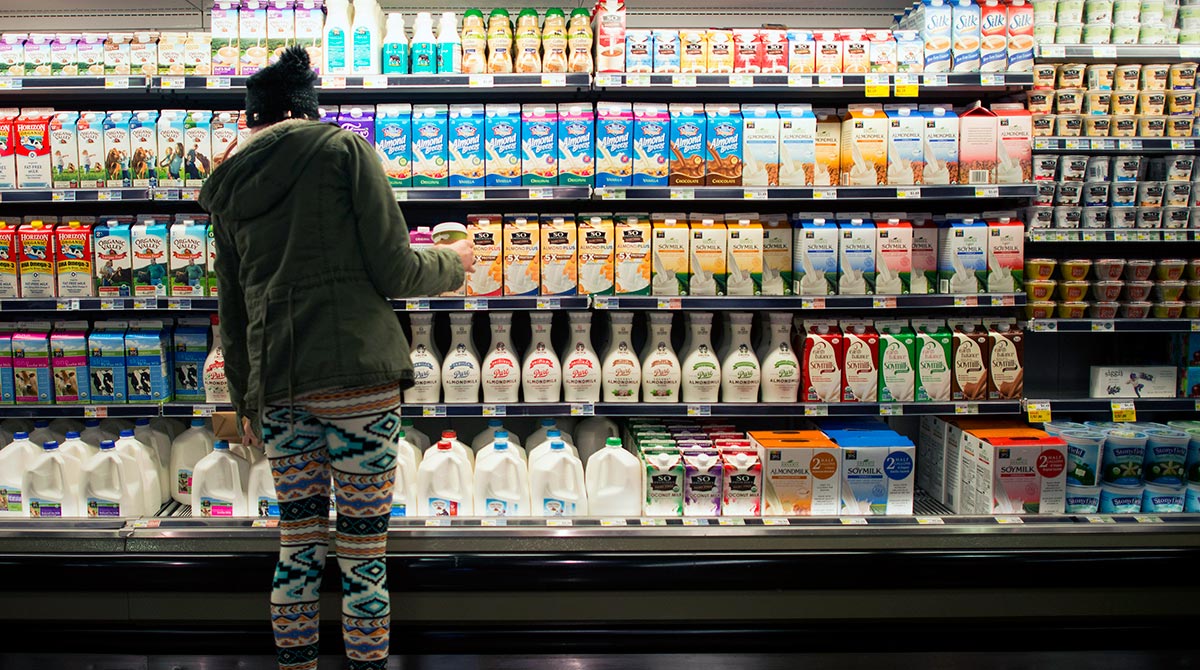Retail Sales Decline For Second Consecutive Month

Sales at U.S. retailers fell more than forecast in January, reflecting smaller receipts at gasoline stations and declines at clothing and sporting goods stores.
The 0.8% drop followed a 0.9% decrease in the prior month, Commerce Department figures showed Feb. 12 in Washington. The median forecast of economists surveyed by Bloomberg News called for a 0.4% decline. Sales excluding gasoline were little changed.
The back-to-back declines were the first since 2012 and indicate consumer spending, the biggest part of the economy, may be cooling after a surge in the second half of last year. At the same time, faster job growth and cheaper fuel signal household purchases will keep underpinning the U.S. expansion.
“We were kind of spoiled by two exceptionally good quarters of consumer spending,” Guy Berger, a U.S. economist at RBS Securities Inc. in Stamford, Connecticut, said before the report. RBS is among the top forecasters of retail sales in the past two years, according to data compiled by Bloomberg. While the drop may cause “some anxiety,” it is likely to be temporary as “strong job growth and lower gasoline prices are combining to give consumers more purchasing power,” he said.
Estimates in the Bloomberg survey of 87 economists for total retail sales ranged from a decline of 1.6% to an advance of 0.3%.
Six of 13 major categories showed declines in January, the report showed.
Sales dropped 0.5% at automobile dealers after a 0.8% decrease the prior month.
Industry sales of cars and light trucks cooled to a 16.6 million annualized rate in January after 16.8 million the prior month, according to data from Ward’s Automotive Group.
At the same time, the U.S. has “favorable economic fundamentals” that “should support continued job growth in a good environment for vehicle buying,” Emily Kolinski Morris, chief economist of Dearborn, Michigan-based Ford Motor Co., said on a Feb. 3 sales call.
Retail sales excluding autos decreased 0.9% for a second month, the report showed. They were projected to fall 0.5%, according to the Bloomberg survey median.
Cheaper gasoline depressed filling-station receipts, as the Commerce Department’s retail sales data aren’t adjusted for prices. Purchases at filling stations slumped 9.3%, the most since December 2008.
Regular gasoline at the pump reached $2.03 a gallon on Jan. 25, the cheapest since March 2009, according to AAA, the biggest U.S. motoring group.
Sales excluding automobiles and service stations increased 0.2%, less than the projected gain of 0.4 % in the Bloomberg survey.
The figures used to calculate gross domestic product, which exclude categories such as food services, auto dealers, home-improvement stores and service stations, showed a 0.1 % gain after dropping 0.3 % in the previous month.
Americans were cautious about spending elsewhere. Sales decreased 0.8 % at clothing chains after a 1.2 % slump a month earlier. Purchases declined 2.6 % at sporting goods outlets, 0.7 % at furniture stores and 0.7 % at department stores.
Sales rose at non-store retailers, building material outlets and electronics stores.
Pier 1 Imports Inc., the operator of more than 1,000 home-decor stores in North America, on Feb. 10 cut its forecast for profit in its current fiscal year that ends this month, citing higher expenses and weaker revenue.
A weaker January “is also causing us to take a more cautious view of sales for February,” Pier 1’s Chief Executive Officer Alex Smith said in a statement.
The labor market is gaining strength, one reason spending may hold up. Payrolls averaged 336,000 over the last three months, the most since a comparable period ended in November 1997. Wages recorded the biggest gain since 2008.
Household spending jumped an annualized 4.3% in the fourth quarter, the most since the first three months of 2006, after a 3.2 % pace from July through September. Consumption is projected to grow at a 3% annualized rate this quarter, according to the median estimate of 81 economists in a Bloomberg survey conducted from Jan. 9 to Jan. 14.




